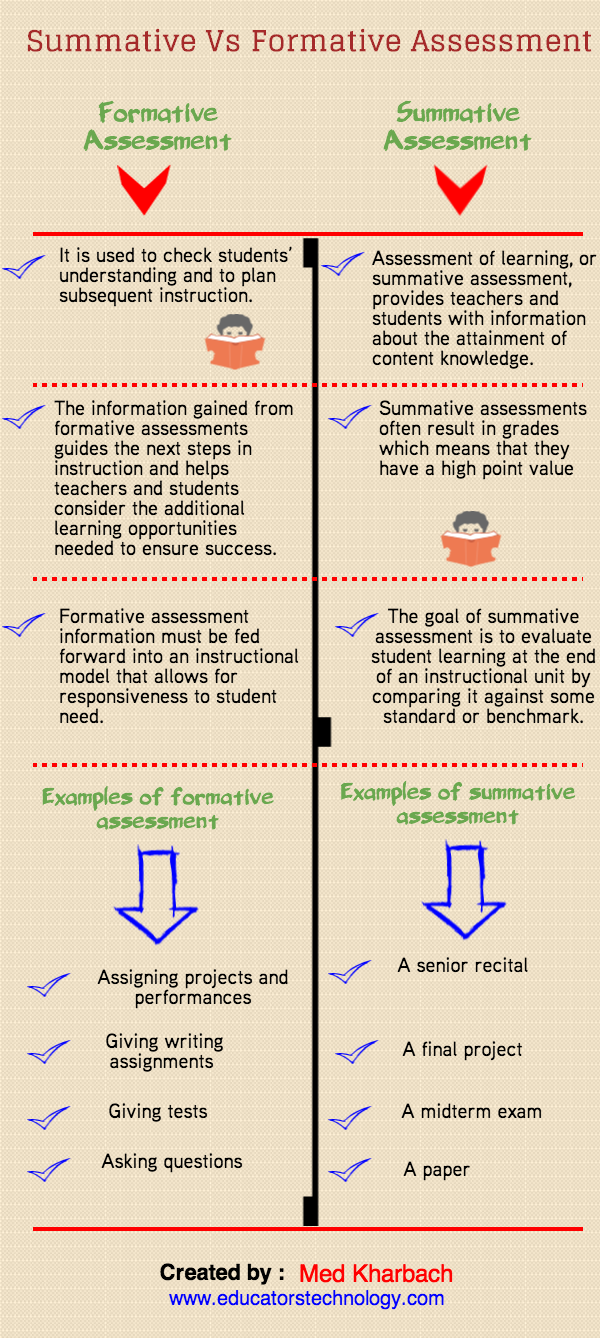Formative vs Summative Assessment
The assessment of teaching and learning can be viewed as two complementary and overlapping activities that aim to benefit both the quality of student learning and the professional development of the instructor. Assessing learning alone is not sufficient because the ultimate success of students is also dependent upon their motivation and commitment to learning.
Formative vs Summative Assessment
The assessment of teaching and learning can be viewed as two complementary and overlapping activities that aim to benefit both the quality of student learning and the professional development of the instructor. Assessing learning alone is not sufficient because the ultimate success of students is also dependent upon their motivation and commitment to learning. Similarly, assessing only teaching behaviors and course activities is not sufficient because qualities of the instructor may be appreciated by students but not optimally helpful to their learning and growth. Done in tandem, assessing teaching and learning can help instructors improve and refine their teaching practices and help improve students’ learning and performance.
|
Formative Assessment The goal of formative assessment is to gather feedback that can be used by the instructor and the students to guide improvements in the ongoing teaching and learning context. These are low stakes assessments for students and instructors. Examples:
|
Summative Assessment The goal of summative assessment is to measure the level of success or proficiency that has been obtained at the end of an instructional unit, by comparing it against some standard or benchmark. Examples:
The outcome of a summative assessment can be used formatively, however, when students or faculty take the results and use them to guide their efforts and activities in subsequent courses. |

